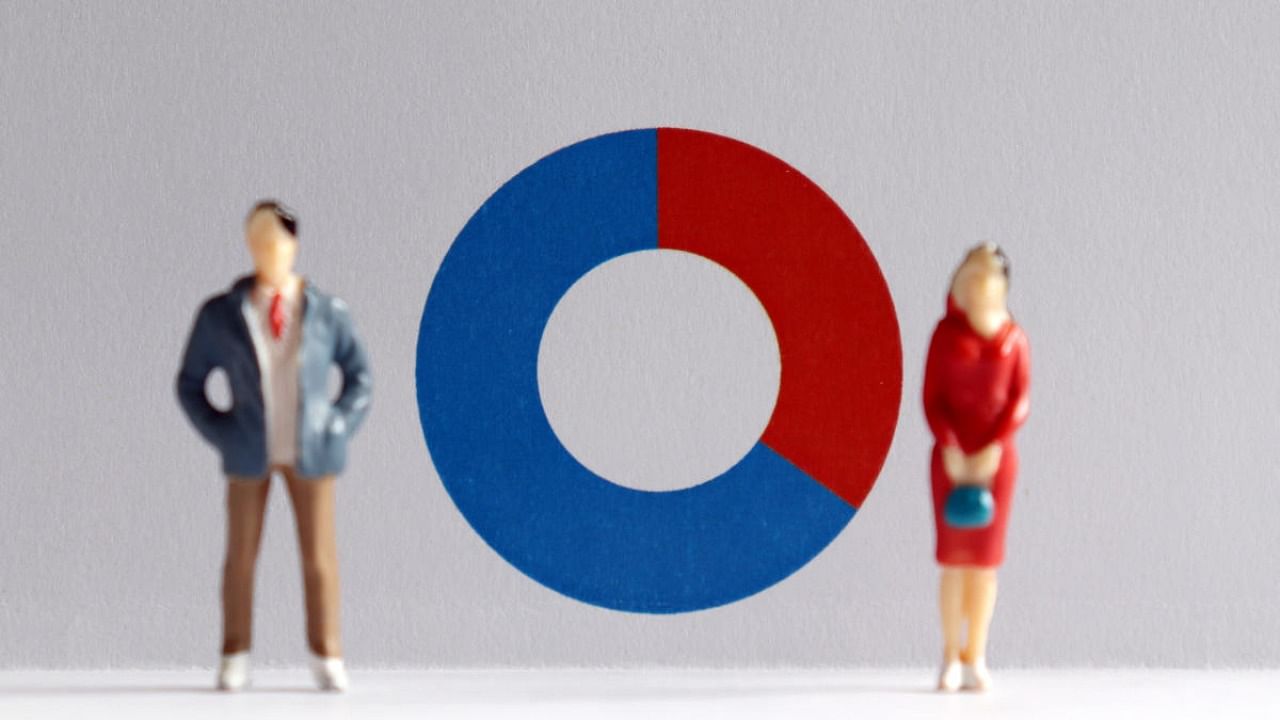
India’s nearly 15 crore farmers and 42 crore people in the unorganised sector together contribute nearly 72% of the country’s GDP. The share of agriculture was at 19.9% in 2020-21 while the unorganised sector contributed 52% of the GDP in FY-2018. The long spell of the pandemic has hit these two sectors; it has created hunger and unemployment on a massive scale. Financial experts believe the informal sector has shrunk by 20% after 2018 due to the pandemic. People engaged in these two powerful sectors deserve quality schools, health facilities and a favourable environment to increase their income level.
Asha from Namdev district of Maharashtra baby-sits, cleans floors and washes dishes in housing societies in Hyderabad to earn Rs 18,000 per month. She can’t afford to send her children to a good school, get proper healthcare and housing facilities in Hyderabad. Asha was getting Rs 125 after a day’s work in the agriculture field in her native village; her wage was not regular. Thousands of youth from Maharashtra, Andhra Pradesh, parts of Telangana, West Bengal, Northeast India, Bihar, Uttar Pradesh and Odisha move to Hyderabad and other big cities for employment due to low income in their villages. Bipul, a security guard from Assam, does 12-hour duty in a housing society in Hyderabad to receive Rs 12,000 per month.
“We have enough food in Assam but too little income to meet the daily expenses of the family. We need money to send our children to good schools and get good health facilities,” said Bipul.
As per surveys made by the Census 2011, Economic Survey and NSSO, the number of migrants working in different cities is between 20 and 50 crore. Those migrants can take up multiple nature-based economic activities in their respective states. Availability of water, good soil, raw material for handicraft-making, proper guidance, crop diversity, transparent market, healthcare and quality education at an affordable cost will increase people’s income.
Well-equipped hospitals with good doctors can save people’s income. Indians spent eight times more on private hospitals and twice as much on transporting patients compared to costs in government hospitals, according to the recently released data of the National Health Accounts (NHA). Private hospitals are out of reach for the vast majority of Indians, though they contribute immensely to the growth of the healthcare sector.
India stands out as a “poor and very unequal country, with an affluent elite”, where the top 10% holds 57% of the total national income, including 22% held by the top 1%, while the bottom 50% holds just 13% in 2021, according to the World Inequality Report 2022. Income inequality has created two types of health facilities — good and substandard. The wealthy top 1% Indians with wealth four times the combined wealth of the bottom 70% avail the best hospital facility. The higher middle class manage what is good for them within their budget while the rest 70% of the population are left to a ragtag healthcare system.
The Indian healthcare sector has been growing phenomenally at a Compound Annual Growth Rate of around 22% since 2016 and is estimated to reach $372 billion in 2022. According to the latest Hurun India Rich List, of India’s estimated 237 billionaires, 40 made their fortunes from pharmaceutical companies. In order to maintain growth, private hospitals should innovate, invent and adopt the economy of scale to treat the majority of people at an affordable cost.
The entry of a large number of mediocre students in medical colleges through faulty percentile systems and hefty donations has converted the healthcare system into a greedy and corrupt service industry producing business managers in place of doctors. The National Medical Commission (NMC) guidelines state that the fees for 50% of seats in private medical colleges and deemed universities should be on par with that of government medical colleges; strict implementation of guidelines will make medical education far more inclusive. India is a treasure trove of low-cost alternative medicines like Ayurveda, Naturopathy, Acupressure, Homeopathy and Unani etc. There should be dedicated research on alternative systems of medicines so that a reliable system would evolve.
An inclusive quality education up to standard XII sufficiently equips a person to earn, innovate, communicate and start an entrepreneurship on his/her own.
The majority of farmers and people in the informal sector spend a substantial part of their income on children’s education; it is an economic burden on them. The Free and Compulsory Education Act 2009 should be amended to include the word “quality” before free and compulsory education for children between the ages 6 and 14. The National Sample Survey 2017-2018 shows there are “challenges of affordability, quality, distribution of education infrastructure”.
Good governance always saves people’s hard-earned money. Honest police personnel, transparent judiciary, reliable and affordable public transportation system, pure food and clean water etc indirectly save people’s hard-earned surplus which can make them prosperous.